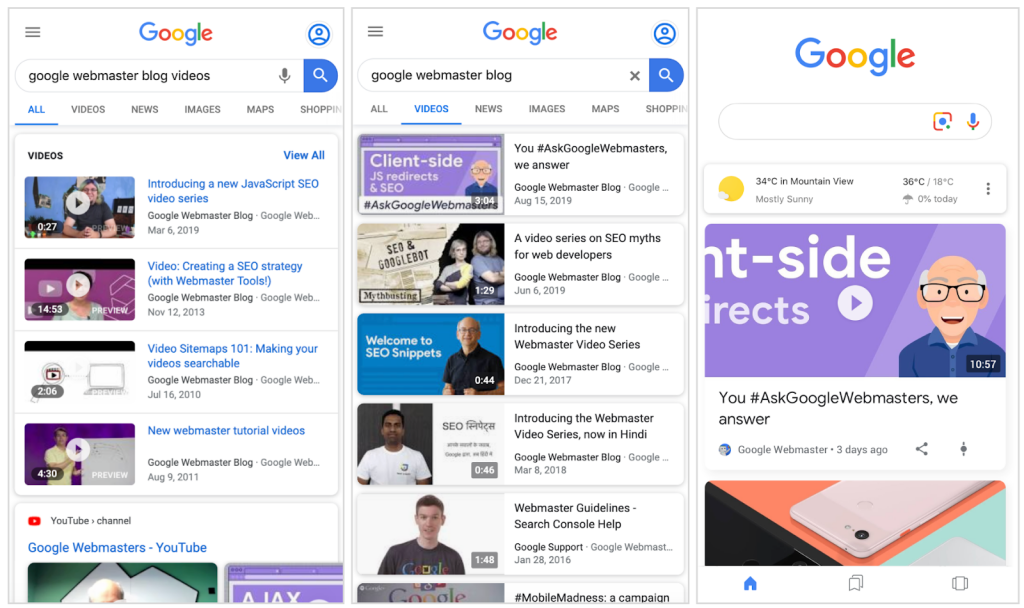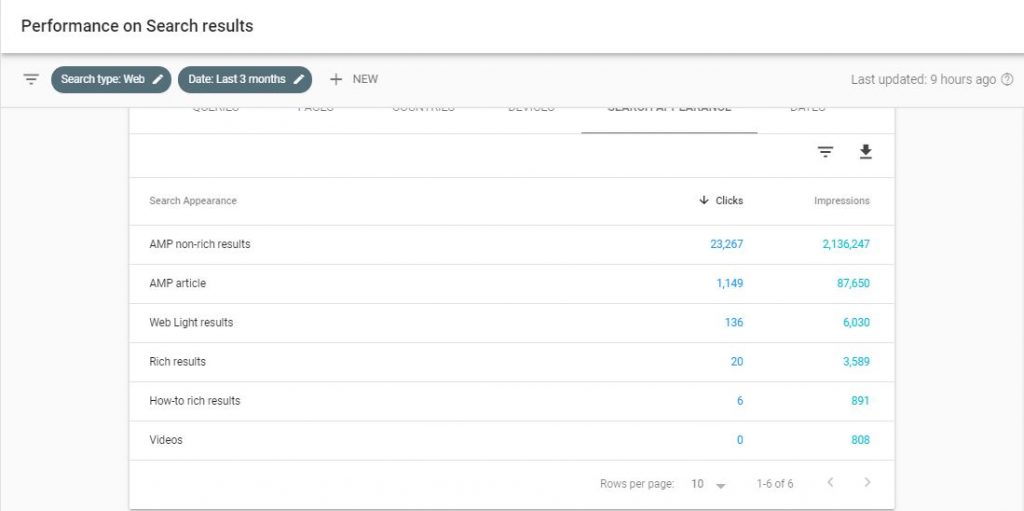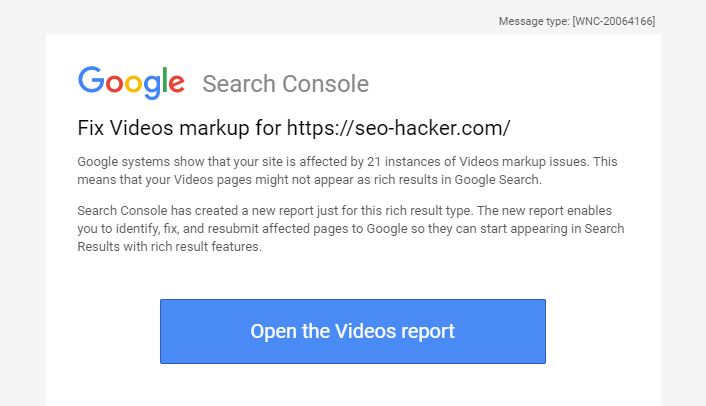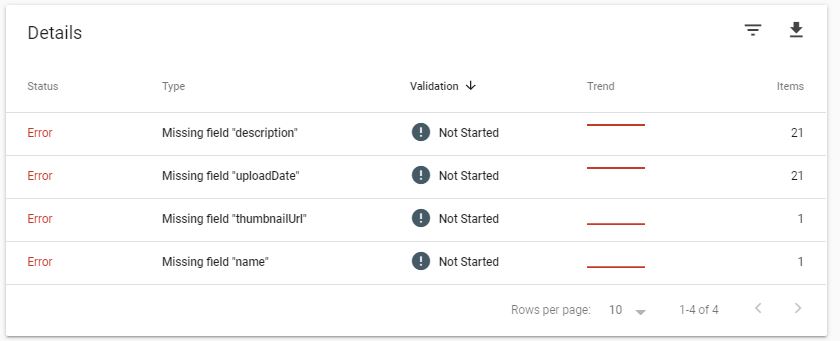Google Adds Video Reports in Search Console
Videos are rapidly changing the way people search. The thing is, it’s not just about YouTube anymore. Google recently added a new report in Search Console for Video content that allows webmasters to see how their own videos perform on search results and errors in their structured data markup.
Currently, there are three ways videos appear on Google; on the main search results, in the Videos tab, and on Google discover.
Video Performance Report
In Google Search Console, you could see how your videos perform by going to the Performance Report and clicking Search Appearance. If you want to go into more detail, you could also check the keywords your Videos appeared for and the specific pages that appeared. This data is really useful as you would know the exact keywords to optimize your video content.
Video Enhancements
Structured data is not a ranking factor but it can enhance video your videos in the search results to make them more appealing for searchers. If you have video content on your website that is marked up with the Video structured data, you will start to see errors, warnings, and pages with valid structured data.
When this feature rolled out, Google sent out thousands of emails to webmasters informing them of errors in their Videos markup. We also received an email regarding this error.
When I checked the errors on Search Console, it was a little bit confusing because the pages that have errors in them contained links toward YouTube videos that I linked to. I don’t own any of those videos and it’s impossible for me to give these YouTube videos a proper structured data markup. Since the feature is new, I think this is one thing Google overlooked.
How Google Crawls Video Content
Now that we have this report integrated into Google Search Console, it adds more reasons for webmasters to properly markup their video content. In the Search Console Guidelines, Google mentions 3 ways they extract video content from websites:
- Google can crawl the video if it is in a supported video encoding. Google can pull up the thumbnail and a preview. Google can also extract some limited meaning from the audio and video file.
- Google can extract data through the webpage’s text and meta tags the video is in.
- If present, Google uses the VideoObject structured data markup of the page or a video sitemap.
Also, Google requires two things for videos to appear in the search results:
- A thumbnail image
- Direct link to the video file
Google highly recommends the use of structured data. They mentioned that structured data is best for pages that they already know about and are being indexed. The best way to go about it is to have a video sitemap file, submit it in Search Console, and markup your pages.
Sample Video Structured Data Markup
If you want to markup your video content, here’s the code for a standard Video Rich Results:
<script type=”application/ld+json”>
{
“@context”: “https://schema.org”,
“@type”: “VideoObject”,
“name”: “Title of Video Here”,
“description”: “Full description of Video Here”,
“thumbnailUrl”: [
“https://linktothumbnailimage1.jpg”,
“https://linktothumbnailimage2.jpg”,
“https://linktothumbnailimage3.jpg”
],
“uploadDate”: “2019-10-10T08:00:00+08:00”,
“duration”: “PT10M30S”,
“contentUrl”: “https://videofilelink.mp4”,
“embedUrl”: “https://seo-hacker.com”,
“interactionCount”: “700”
}
</script>
You could further optimize this structured data markup by adding Video Carousel markup if you have a page with a full gallery of videos or by adding Video Segments markup so users can see a preview of your video in the search results. If you want a full list of video rich snippets, check out Google’s Video Markup Guide here.
Key Takeaway
Videos are changing the way webmasters create content. It helps users engaged and increase dwell time. Currently, video snippets are dominated by YouTube videos and I’m interested to see if this update to video content will help webmasters who are publishing videos on their own website get their videos in the search results and draw more clicks. Hopefully, this update encourages more webmasters to use their own platforms when uploading videos that they create and we see a more diversified video search results.




